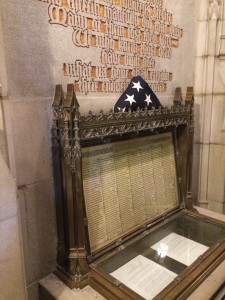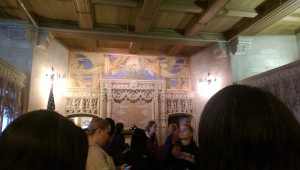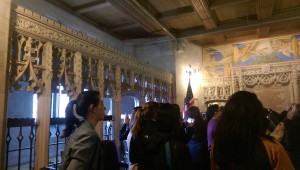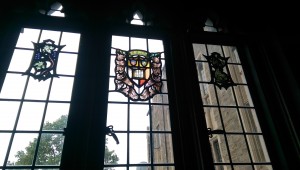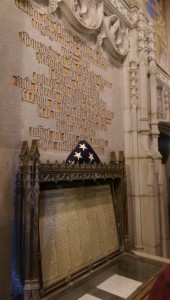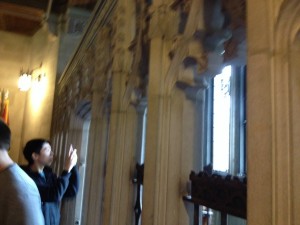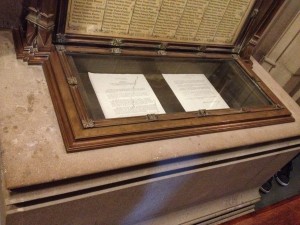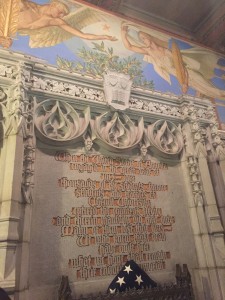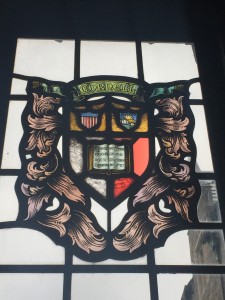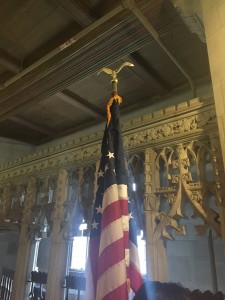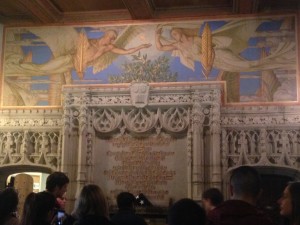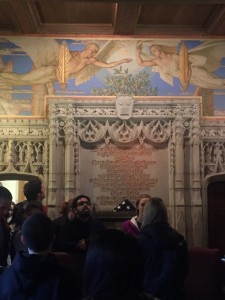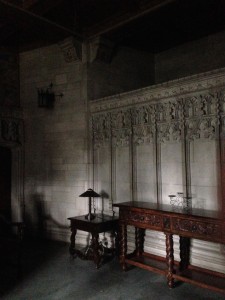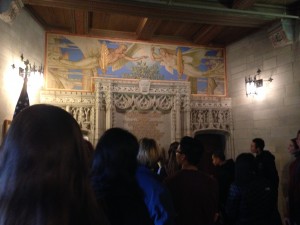West campus is amazing. It is filled with beauty and hosts some of the best food, and dining halls on campus, but for the most part, people don’t know about its vast and exciting history. During a information session and tour hosted by House Professor-Dean Garrick Blalock, I was able to learn more about everything West Campus has to offer. To begin with, we were given a talk about Ezra Cornell’s history. As a poor farmer, and man with the school education of a 3rd grader, it’s surprising how he was able to build such a prosperous and thriving community. Starting as a farmer, and then later working for a plowing company, he was able to make some money. He was later approached by a man who laid down telegraph lines and he went on to modify the plow design in order to lay down telegraph lines better. Soon he was able to create networks upon networks of these telegraph lines until he was able to make his fortune. From this capital, Cornell was born.
After the lecture of Cornell’s history, we were given a tour around West Campus. We went to Noyes to learn about the events there such as free food and massages there every other Tuesday, and the indoor basketball courts that are a bit hidden away in Noyes. Afterwards, we went over to Lyon hall, and were told about the Quill and Dagger society: an old, secret society at Cornell that created McFaddin and Lyon Hall to commemorate the Cornellians that died in WW1. There is a secret elevator that takes you to the very top of Lyon hall, which is the society’s headquarters. We were able to also visit the War Memorial room in Lyon, and see the relics and documents remembering the fallen heroes. It was great seeing such a fascinating piece of history so close to the students.
Our tour ended with a trip through the underground tunnels connecting Becker to Rose. These tunnels are used to transport food from the loading docks in Becker to Rose dining because Rose itself doesn’t have a loading dock. It would be cool if these tunnels were open to students. While logistics would be awful, it would be pretty handy not to have to walk around so much in the cold once winter hit.
Overall, it was a fantastic experience getting to learn more about West campus through its history as well as all that it had to offer to students currently. The tour definitely made me appreciate McFaddin and Lyon hall more after learning how they are memorials to the past.



